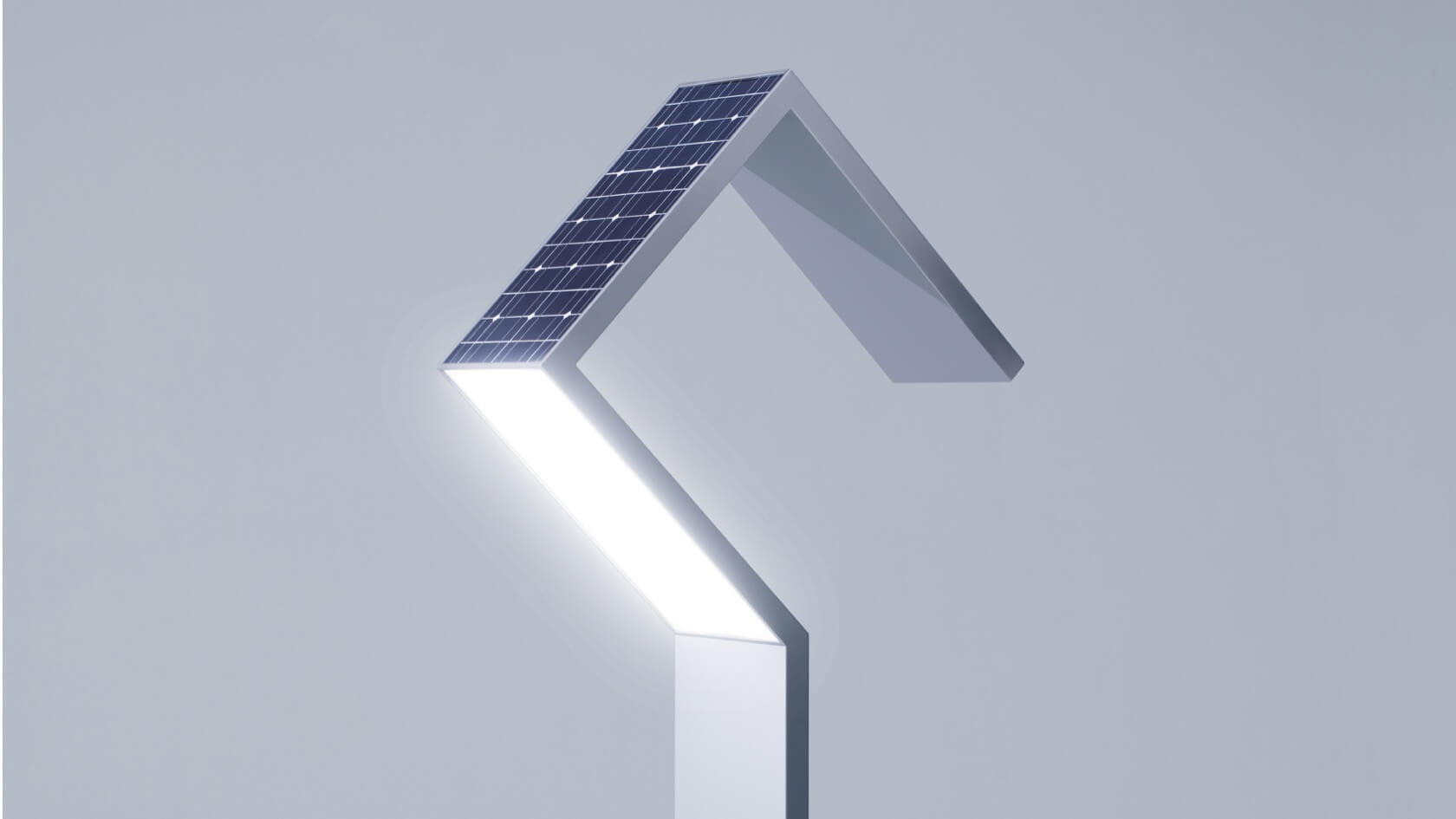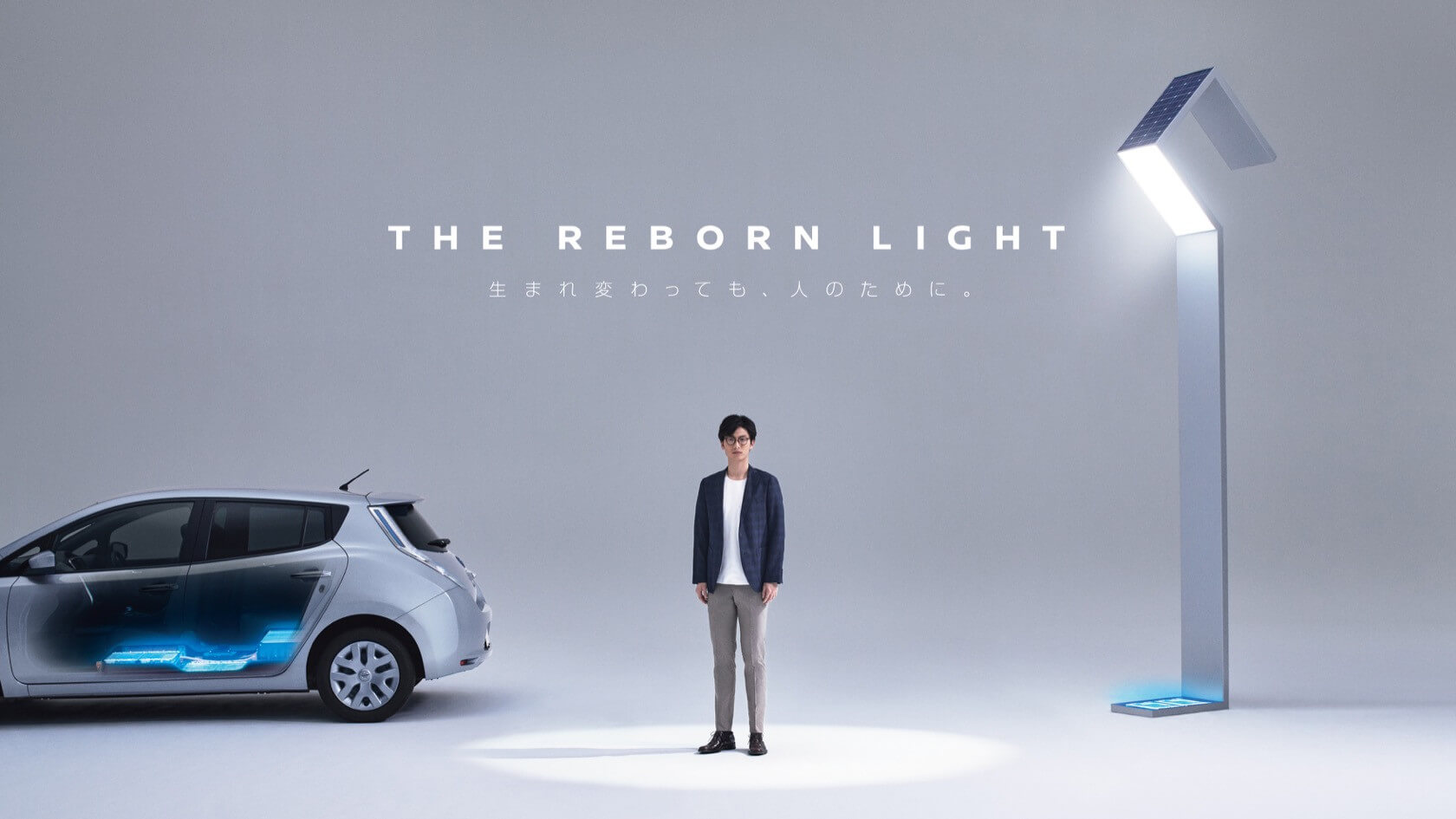
With so many auto manufacturers moving toward electric and hybrid vehicles, the question of what to do with older batteries that have reduced storage levels has become more pressing. Nissan, together with its affiliate 4R Energy Corporation, has come up with a use for these “second-life” batteries: powering streetlamps.
The 13.7-foot-tall “Reborn Light” contains an old battery in its base repurposed from EVs such as the Nissan Leaf and features solar panels on top. As they run off-grid, there’s no need for cables or outlets, and they can continue working in areas where natural disasters might have knocked out the region’s power supply.
A trial of a prototype Reborn Light is set to take place this weekend in Namie, a town that was heavily affected by the 2011 Tohoku earthquake and tsunami that led to the Fukushima Daiichi nuclear disaster. Should everything go to plan, a full-scale rollout is expected sometime in 2018.
The Japanese company said other locations, including those that have never been lit before, could receive the lights. “Still today, 17 percent of the world’s population live without electricity,” it explains on its website. “Reused EV battery and lighting have the potential to change the lives of people in Japan and the world.”
“Even when batteries no longer serve to power cars, they can be reborn to keep serving humans.”

The batteries’ potential isn’t limited to lighting; they could also be used to generate electricity in homes and buildings, instead of relying on a power plant. Other ideas from Nissan see them used in portable booths where people can charge their phones, and in parks where the movements of children playing on swings and slides is transferred into energy for the batteries, which are then used to light the area at night.
Other car makers, including BMW, GM, and Renault have launched projects that use old EV batteries for energy storage purposes. In 2016, BMW used 2,600 EV battery modules from 100 vehicles to build a 2.8-MWh storage system in Hamburg.
https://www.techspot.com/news/73854-nissan-repurposing-old-ev-batteries-use-street-lights.html